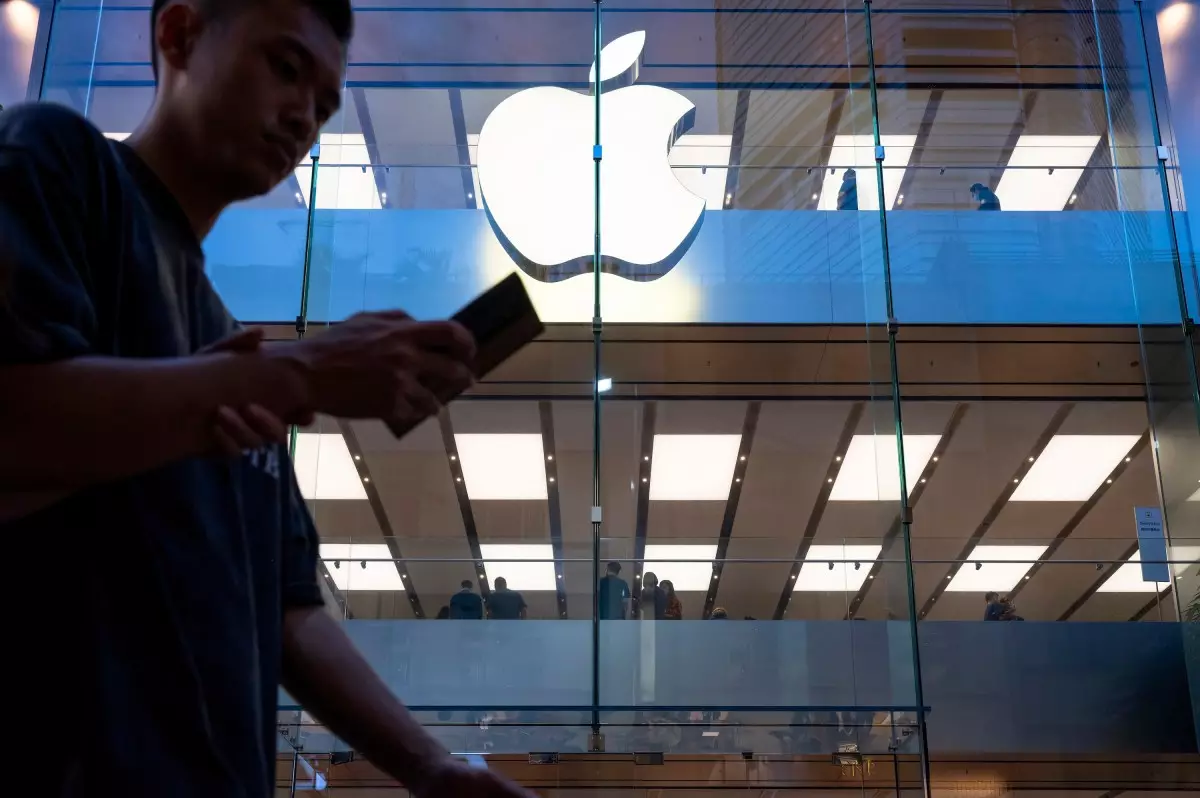Apple has always prided itself on being at the forefront of technology, and with the announcement of iOS 26 at the WWDC 2025, the company is taking a bold step forward. One of the most striking changes is the transition from version numbers to a naming convention that incorporates the release year. This aligns Apple’s software updates more closely with how other products—such as automobiles—are marketed. The decision to call it iOS 26 instead of the previous iOS 19 not only simplifies the software landscape for consumers but also reinforces Apple’s commitment to continuity across its platforms, including macOS 26 and watchOS 26. Such a shift may seem trivial, but it reflects a broader strategy to create a more user-friendly image that resonates with contemporary consumers.
A Visual Overhaul Inspired by Innovation
The design changes in iOS 26 are touted as the most radical since iOS 7. The introduction of the “Liquid Glass” interface is not merely a cosmetic change; it symbolizes a move towards a more immersive and integrated ecosystem. Inspired by the Vision Pro headset, this new design brims with translucent panels and circular app icons, aiming for a harmonious and visually appealing experience across all Apple devices. These changes extend to essential applications, such as Phone, Camera, and Safari, which have all received significant visual and functional enhancements. For example, the Phone app’s new feature that consolidates contacts, calls, and voicemails into a single view streamlines user interaction, potentially increasing user satisfaction and engagement.
Gaming Takes Center Stage
In recent years, Apple has made considerable strides in the gaming sector, and the launch of a dedicated gaming app in iOS 26 amplifies this commitment. By merging Apple Arcade with the App Store’s gaming offerings, the new hub creates an unparalleled user experience that facilitates easier tracking of achievements and leaderboards. Last year’s acquisition of the game studio RAC7 signals Apple’s long-term investment in gaming, positioning itself as a formidable player within the industry. It’s clear that Apple understands the cultural significance of gaming and aims to cater to this burgeoning demographic directly.
Workout Buddy: The Future of Fitness
The announcement of the Workout Buddy AI as a personal fitness coach reflects Apple’s ambition to not only enhance its technological ecosystem but also to encourage healthier lifestyles among its users. This feature, which engages users during workouts and collects real-time health data, demonstrates Apple’s initiative to merge technology with personal well-being. While some may view this as just another tech gimmick, the integration of real-time feedback can foster a deeper connection between users and their fitness goals. It speaks to a broader trend in which technology serves as a motivator for personal achievement.
The Transforming Landscape of Communication
The evolution of messaging apps is another critical area where iOS 26 shines. The inclusion of an AI-driven translation feature for messages signifies Apple’s commitment to enhancing user communication and making it more fluid across diverse languages. Additionally, the ability to create polls in group chats enhances social interaction while simplifying decision-making. Notably, the new feature allowing users to set a background image within the Messages app reflects how Apple is learning from competitive platforms like WhatsApp and Instagram, continually adapting to consumer preferences while maintaining its distinct identity.
What Was Left Behind?
Despite the numerous announcements, some anticipated features were notably missing from the keynote. Advanced enhancements for Siri, described in earlier presentations, were curiously absent, raising questions about Apple’s ongoing commitment to its virtual assistant. Similarly, the rumored AI-powered battery management functionality would have underscored Apple’s innovative spirit but did not materialize in this iteration. The absence of features like Genmoji, allowing for customized emoji combinations, leaves users hoping for future updates that continue to enhance personalized expression.
IOS 26 exemplifies Apple’s vision of a cohesive and user-centric ecosystem, notwithstanding the omissions and delayed features that overshadowed some announcements. As Apple forges ahead, the innovations introduced in this update signal not only a commitment to modernizing its software but also a broader intention to enhance the user experience across its diverse range of products.

